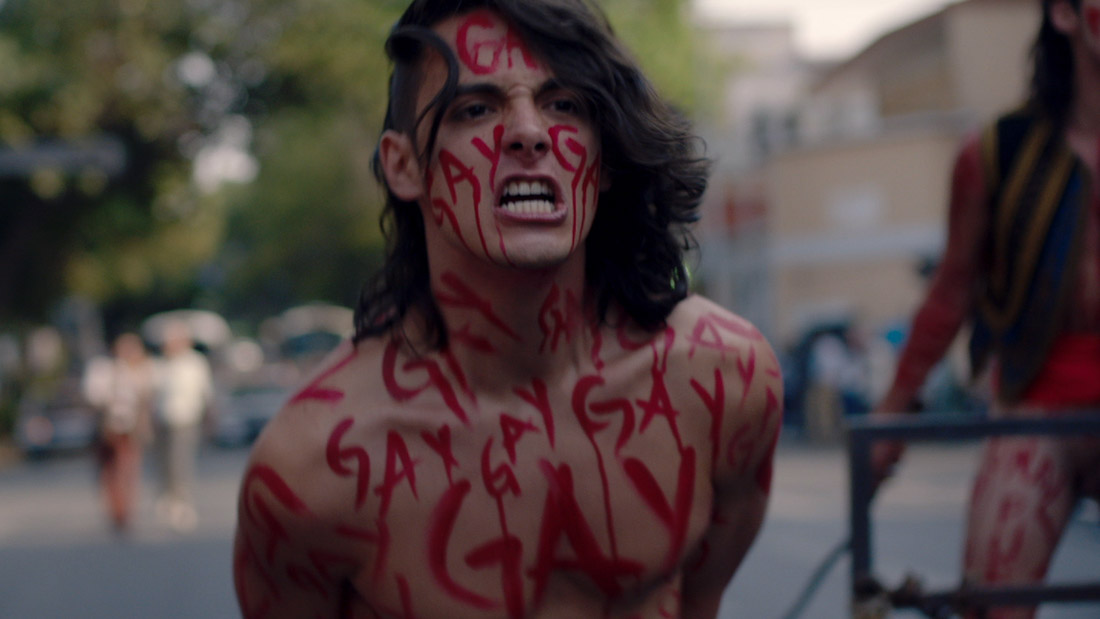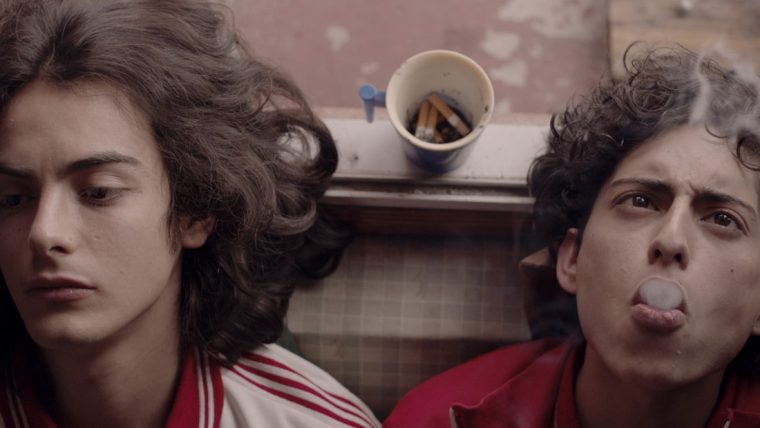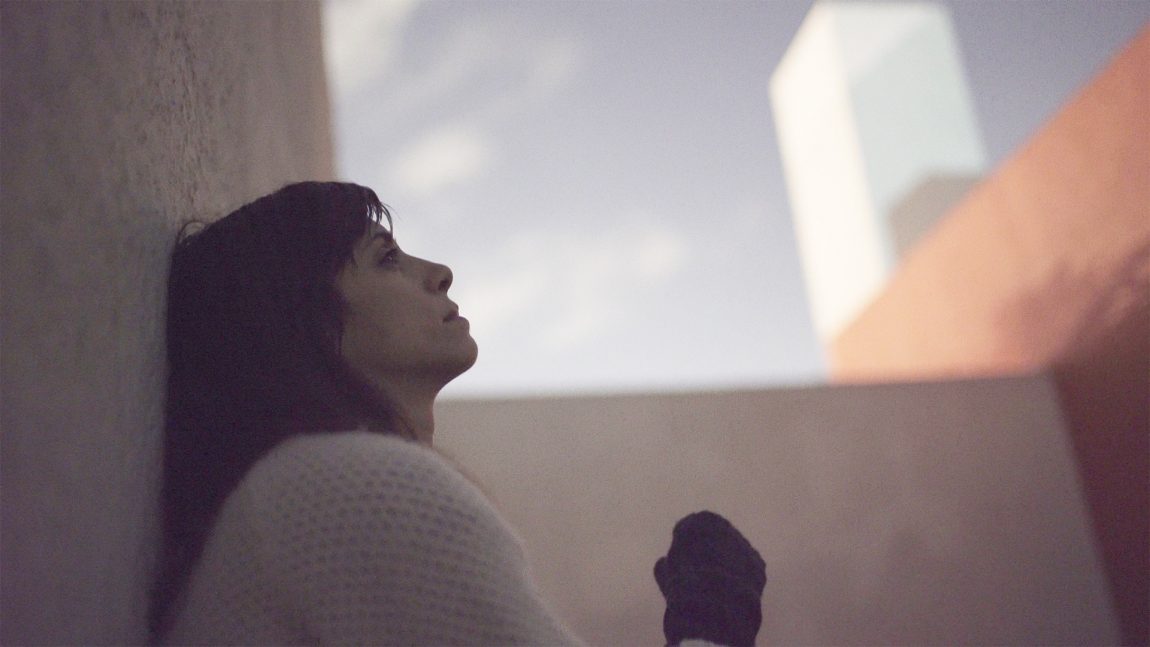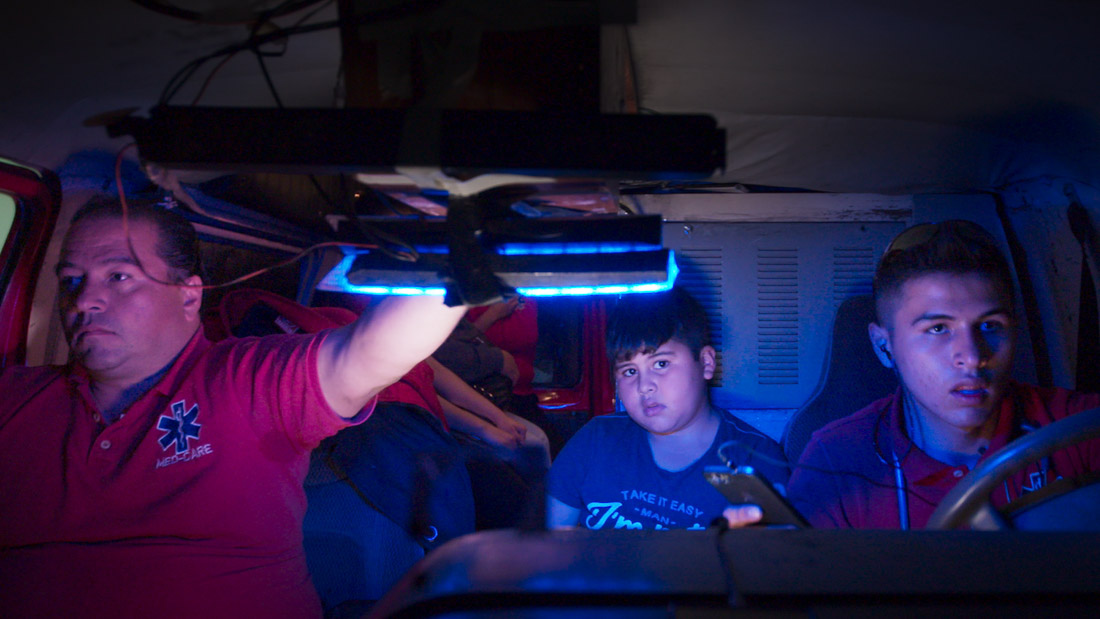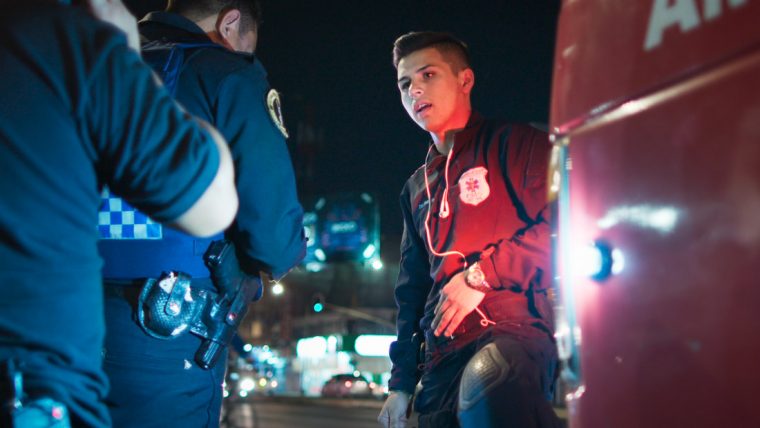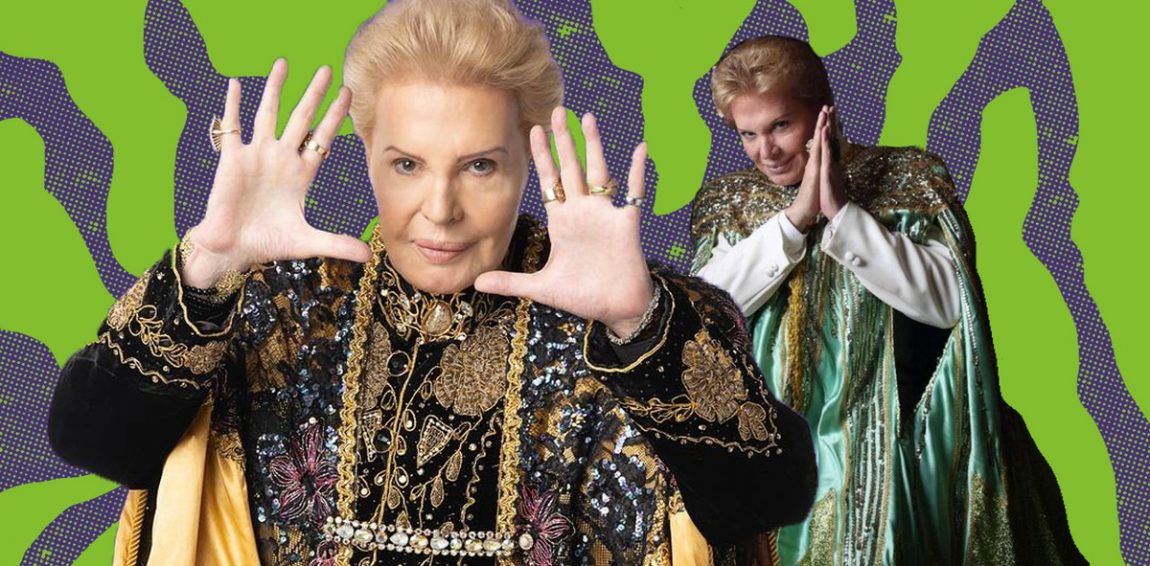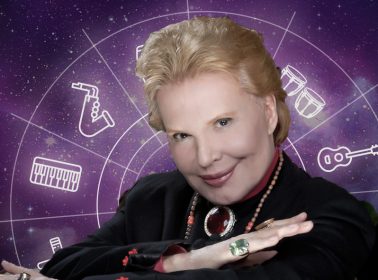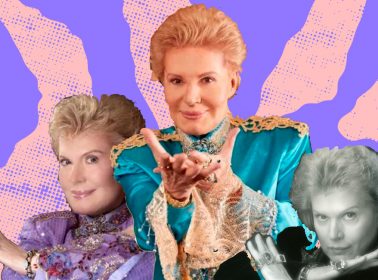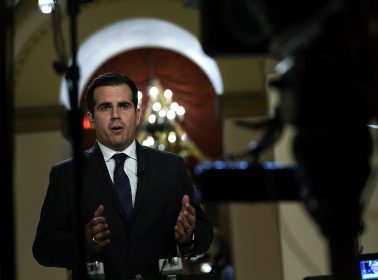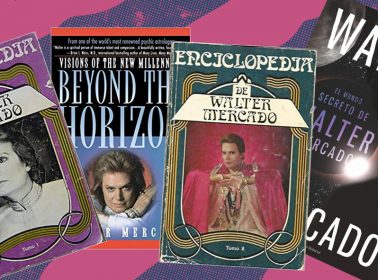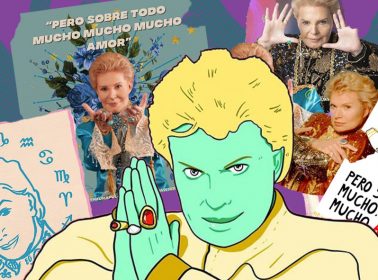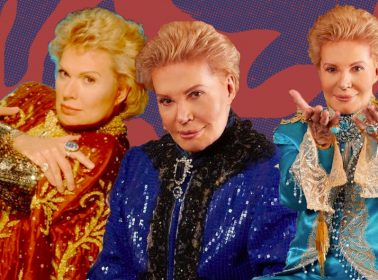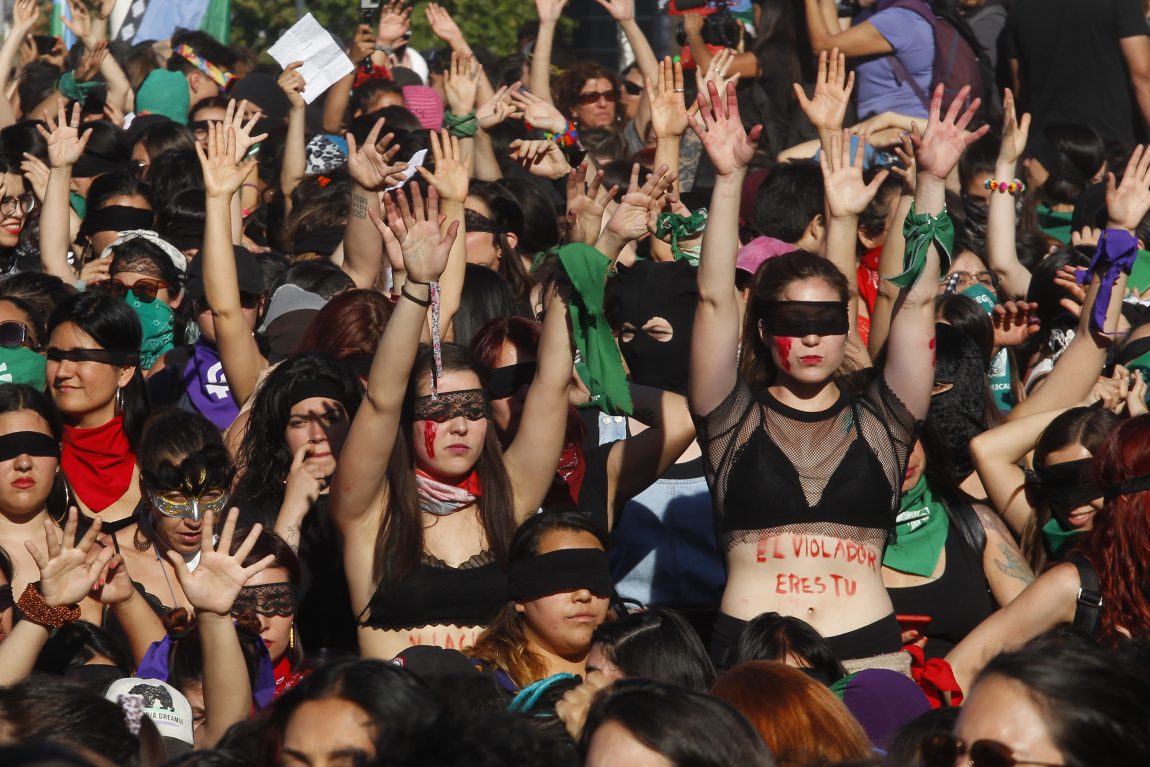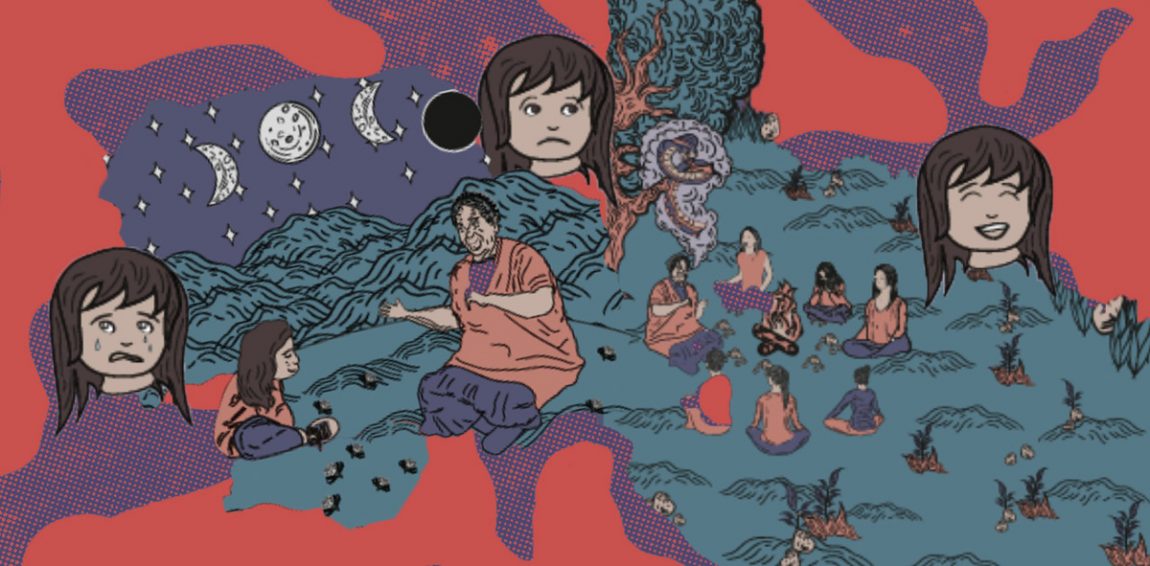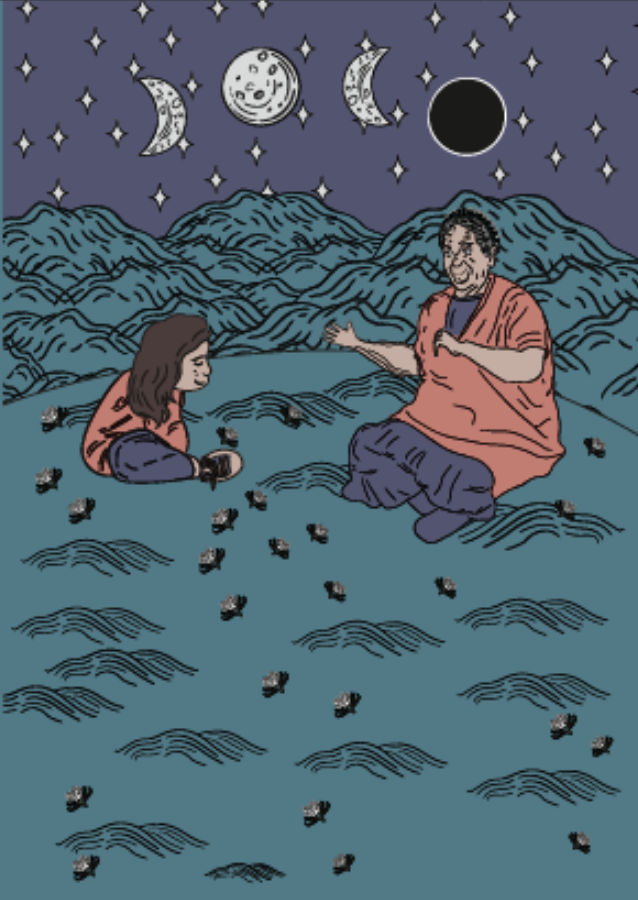This Bill Could Create a Pathway to Citizenship for Thousands of Undocumented Farmworkers

A Latino laborer works on planting tobacco May 4, 2009 in Vander,

A Latino laborer works on planting tobacco May 4, 2009 in Vander,
North Carolina. Photo by Chris Hondros/Getty Images
By Raquel Reichard | 3 weeks ago
On Wednesday, the House passed a bipartisan bill that would grant legal status to thousands of undocumented farmworkers.
The Farm Workforce Modernization Act, which was approved 260-165, would establish a pathway to citizenship for immigrants working in agriculture but would also limit access to social services for its beneficiaries and require companies to verify whether workers are in the U.S. legally through E-Verify, a controversial federal system.
The legislation was introduced in October by Reps. Mario Diaz-Balart (R-Fla.), Zoe Lofgren (D-Calif.), Dan Newhouse (R-Wash.), Collin Peterson (D-Minn.), Jimmy Panetta (D-Calif.), Mike Simpson (R-Idaho) and Doug LaMalfa (R-Calif.).
The bill, which is aimed at boosting labor in U.S. agriculture after enhanced immigration enforcement sparked a shortage, would allow undocumented laborers who’ve worked in the U.S. agricultural industry for at least 180 days in the past two years to request five-year visas for themselves, their spouses and their minor children. Visa-holders would be eligible to renew their authorization if they show they have worked in agriculture for more than 100 hours each year.
The legislation also creates a route to legal permanent residence, a prelude to citizenship. Farmworkers who have labored for more than 10 years in the field at the time of enactment would need to grind for four more years in agriculture to obtain legal permanent status, while workers with less than 10 years experience would need to labor for eight more years to qualify. All are also required to pay a $1,000 fine.
According to the Pew Research Center, undocumented immigrants accounted for 15% of workers in the agriculture industry in 2016, a figure that is likely higher.
The legislation would need to pass in the Senate to take effect. So far, It’s unclear when or if the chamber will take up the bill.
By Raquel Reichard | 3 weeks ago
On Wednesday, the House passed a bipartisan bill that would grant legal status to thousands of undocumented farmworkers.
The Farm Workforce Modernization Act, which was approved 260-165, would establish a pathway to citizenship for immigrants working in agriculture but would also limit access to social services for its beneficiaries and require companies to verify whether workers are in the U.S. legally through E-Verify, a controversial federal system.
The legislation was introduced in October by Reps. Mario Diaz-Balart (R-Fla.), Zoe Lofgren (D-Calif.), Dan Newhouse (R-Wash.), Collin Peterson (D-Minn.), Jimmy Panetta (D-Calif.), Mike Simpson (R-Idaho) and Doug LaMalfa (R-Calif.).
The bill, which is aimed at boosting labor in U.S. agriculture after enhanced immigration enforcement sparked a shortage, would allow undocumented laborers who’ve worked in the U.S. agricultural industry for at least 180 days in the past two years to request five-year visas for themselves, their spouses and their minor children. Visa-holders would be eligible to renew their authorization if they show they have worked in agriculture for more than 100 hours each year.
The legislation also creates a route to legal permanent residence, a prelude to citizenship. Farmworkers who have labored for more than 10 years in the field at the time of enactment would need to grind for four more years in agriculture to obtain legal permanent status, while workers with less than 10 years experience would need to labor for eight more years to qualify. All are also required to pay a $1,000 fine.
According to the Pew Research Center, undocumented immigrants accounted for 15% of workers in the agriculture industry in 2016, a figure that is likely higher.
The legislation would need to pass in the Senate to take effect. So far, It’s unclear when or if the chamber will take up the bill.
---30---
